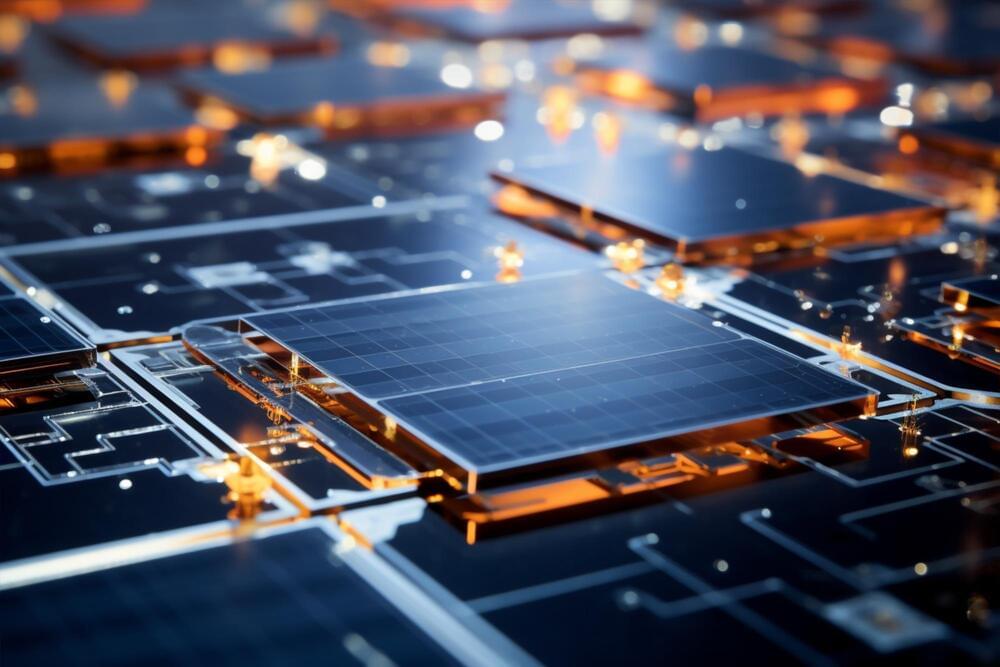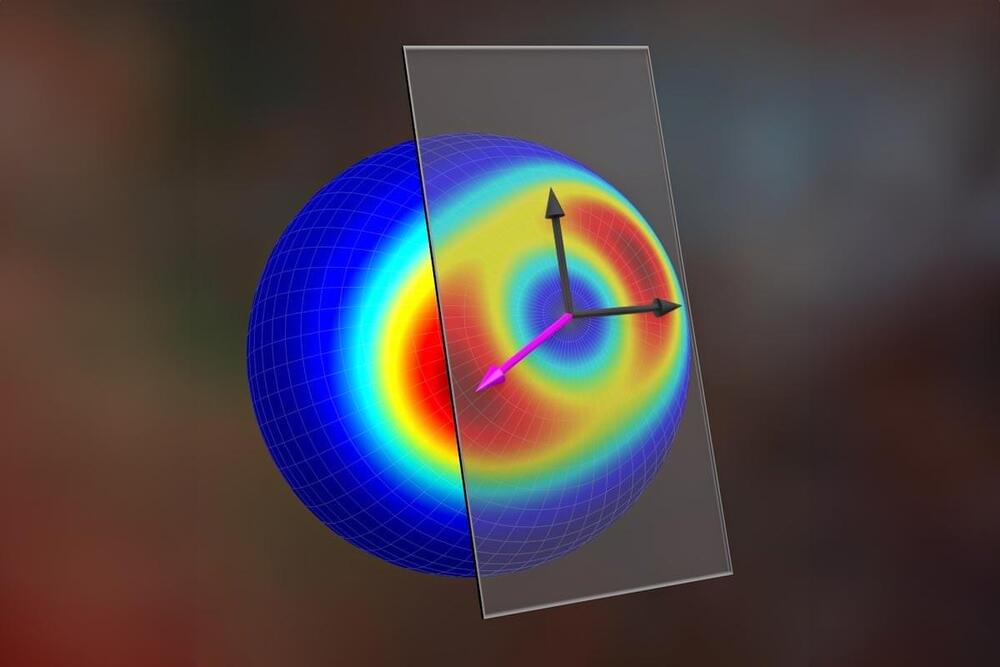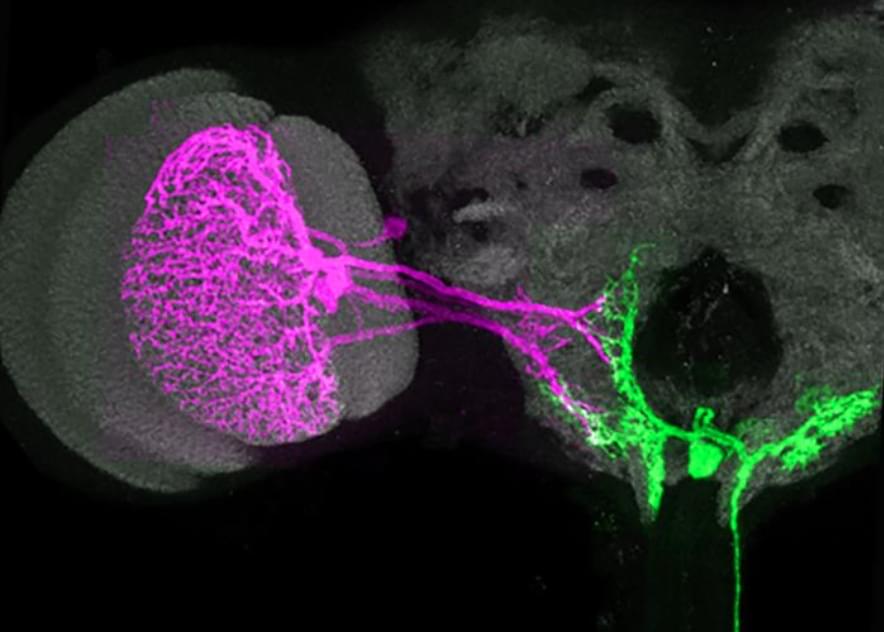Researchers from the Broad Institute of MIT and Harvard, along with colleagues from Harvard Medical School and McLean Hospital, have identified remarkably consistent alterations in gene expression within the brains of individuals with schizophrenia and older adults. This discovery points to a shared biological foundation underlying the cognitive difficulties frequently observed in patients with schizophrenia and in aging populations.
In a study published in Nature, the team describes how they analyzed gene expression in more than a million individual cells from postmortem brain tissue from 191 people. They found that in individuals with schizophrenia and in older adults without schizophrenia, two brain cell types called astrocytes and neurons reduced their expression of genes that support the junctions between neurons called synapses, compared to healthy or younger people. They also discovered tightly synchronized gene expression changes in the two cell types: when neurons decreased the expression of certain genes related to synapses, astrocytes similarly changed expression of a distinct set of genes that support synapses.
The team called this coordinated set of changes the Synaptic Neuron and Astrocyte Program (SNAP). Even in healthy, young people, the expression of the SNAP genes always increased or decreased in a coordinated way in their neurons and astrocytes.








